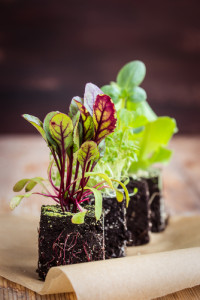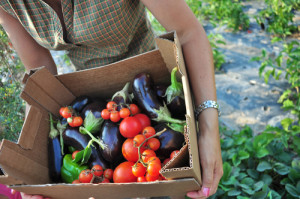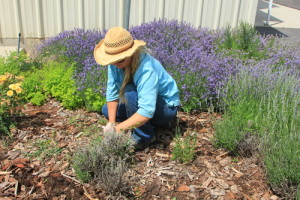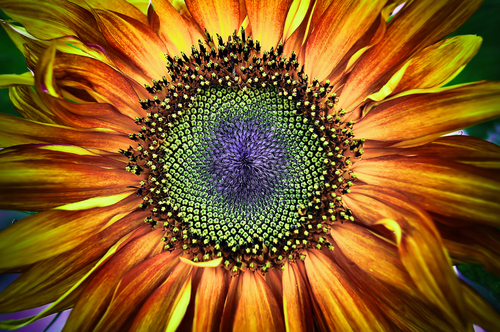August is a time of plenty in the garden.
Listen to my Green Divas In The Garden podcast segment for August gardening tips…
Plenty of tomatoes, eggplant, sweet corn, peppers, green beans and cucumbers—among other crops—make August a month of abundance.
It’s also the time of plenty of weeds, diseases and insects that require time and attention to keep the bounty going through the fall. Here are my recommendations for August to-dos in the garden.
 Plant
Plant
Plant seedlings of broccoli, cabbage and cauliflower to be harvested in fall. Plant radishes, beets, kohlrabi and carrots early in the month and lettuce, spinach, mustard greens, kale and Swiss chard later in the month.
Count the number of days from your planting date ’till your first frost date to see if there is enough time to plant and harvest this fall. For example, our average first frost date is October 15. So I know I will have enough days between now and then to plant carrots in early August for a harvest before the first frost.
Consider sowing cover crops like buckwheat or winter rye in empty areas of the garden. Cover crops (“green manures”) will help you avoid weeding those bare spots in the vegetable garden and and the organic matter will improve the quality and tilth (the ability to till; consistency) of the soil for next year’s garden.
We like start an indoor herb garden now for basil and parsley. You can also add rosemary, thyme, marjoram, mint and summer savory. Order your spring-flowering bulbs later this month. I recommend you view an online catalog or order a printed one from an organic bulb source like Brent and Becky’s Bulbs.
Harvest 
This is the time to pick your tomatoes, sweet corn, summer squash, cucumbers, melons, green beans, onions, broccoli, cauliflower, eggplant, peppers, potatoes and herbs.
Care
Watering is essential in August. A great way to conserve water—a precious resource—is by capturing it in a rain barrel.
Refresh those containers by cutting back overgrown annuals plants (they will flush with new growth in two weeks) and replace some that have seen better days. Herbs that are looking tired will also benefit from being cut back.
Allow lily stems to yellow and die naturally. This restores the bulb for next year’s blooms.
 Now is a good time to refresh your strawberry beds. The plants are forming the buds that will be next year’s strawberries. It is best to till around the plants to create a row of plants about a foot wide. Do this by digging out the runners on the sides.
Now is a good time to refresh your strawberry beds. The plants are forming the buds that will be next year’s strawberries. It is best to till around the plants to create a row of plants about a foot wide. Do this by digging out the runners on the sides.
Fertilize… You may want to fertilize your annuals and containers with an organic fertilizer.
Monitor all plants for insect and disease damage. There are natural Bt sprays for caterpillars and different ones for beetles. You can control thrips and aphids with insecticidal soap. Be sure to spray the underside of leaves. Keeping your plants healthy and catching problems early will eliminate the need for pesticides.
Stay on top of weeding, especially those weeds trying to get large enough to go to seed. Also remove diseased leaves and stems when you see them. This will cut down on the amount of fungal diseases in the garden.
Deadhead annuals to keep them blooming until frost.
Plan
Have you made notes about the combinations of flowers that you liked this year and those you would like to try next year?
I make a lot of notes about improvements I could make to my vegetable garden for next year. I also make a map of what I planted where this year so I know where to rotate crops for next year.

Pingback: Your To-Do List for August Gardening | Care2 Healthy Living